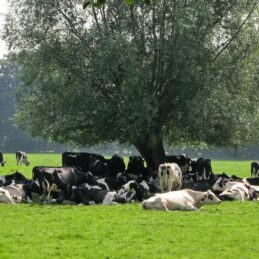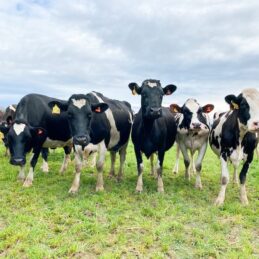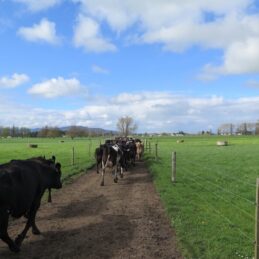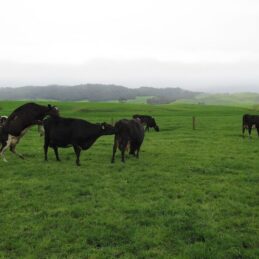Maximize Calving Success with Jumpstart® Drench
Louise Salter As a dairy producer, achieving a successful calving season is crucial for the health and productivity of your herd. A smooth calving period not only enhances the well-being of your cows but also sets the foundation for a prosperous year. Nutritech’s Jumpstart® is designed to support you in reaching optimal results during this […]





